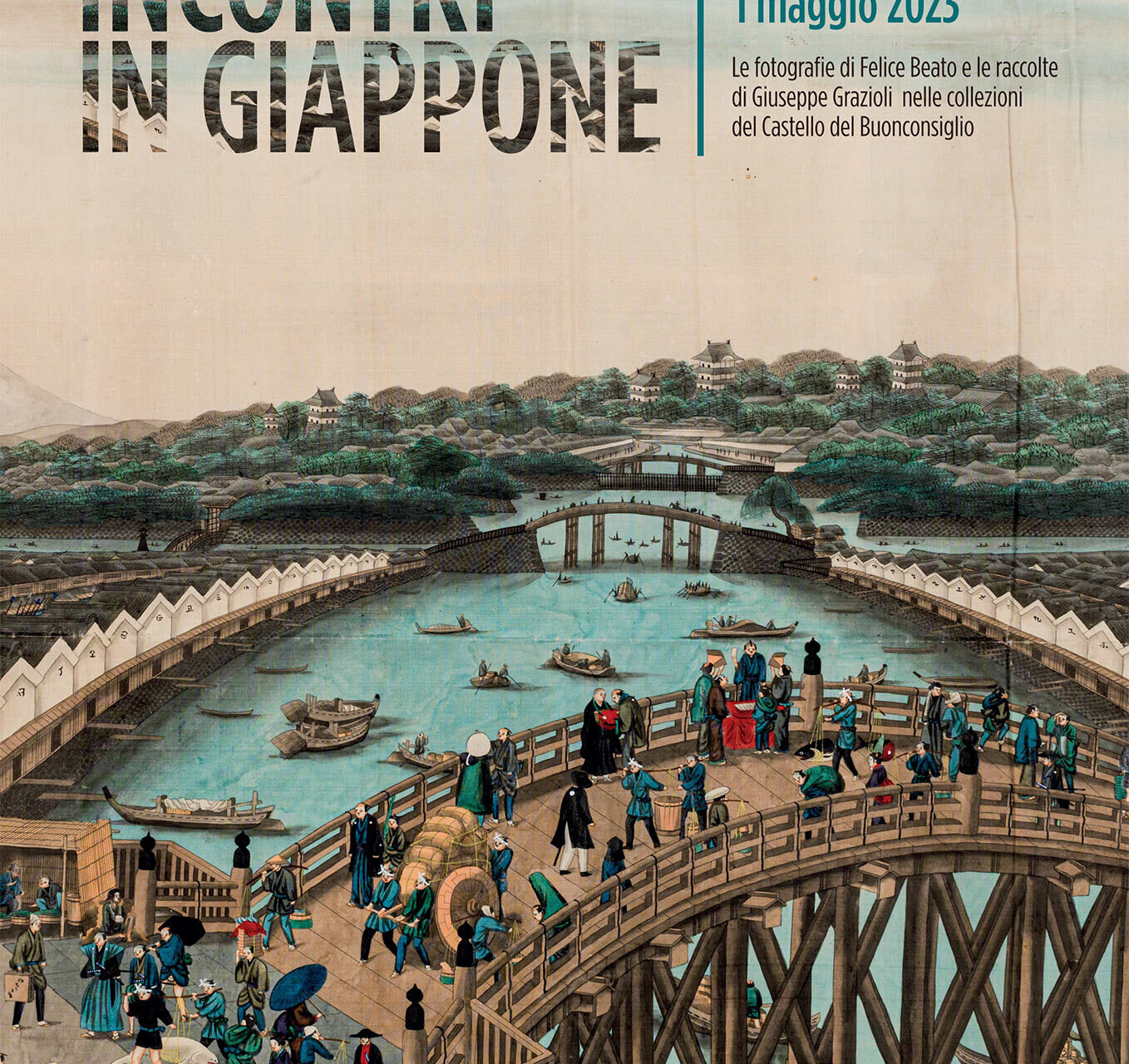Japan remained for a long time an unknown land in the eyes of Europeans. It was only in 1859, when the country opened up to foreign trade, that the land of the Rising Sun began to welcome European traders and travellers curious and eager to discover that hitherto unknown society.
Never-before-seen products presented themselves in the eyes of the first merchants who soon brought them to the old continent: kimono, fans, umbrellas, lacquers, screens, armor, katans, masks and art prints were so successful that they became a real mania for the European public who competed to buy, collect and display them in their homes. The exhibition, curated by professor Pietro Amadini and museum director Laura Dal Prà, tells the story of Japan at that time through oriental art objects, largely collected by Giuseppe Grazioli, the Trentino religious and agronomist who in the mid-nineteenth century had gone to Japan in search of healthy silkworm eggs that could not be found in Europe after the virulent pebrine epidemic, but also thanks to travel reports as well as an important nucleus of photographs taken by Felice Beato.
